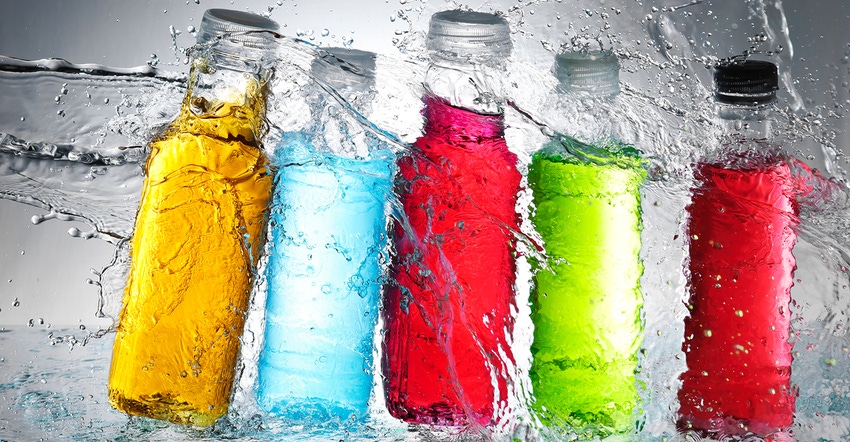Natural color and flavor trends in food and beverage
The clean-label movement goes hand-in-hand with consumer desires for more natural colors and flavors in their food and drink.

“Clean label” means a lot of things in a lot of contexts, but in the natural health and wellness and even greater food and beverage spaces, it typically comes down to recognizable, easy-to-pronounce, natural ingredients in place of artificial ones.
Increasingly, this clean label revolution is also leading consumers to seek natural food colorings and flavors in place of their artificial counterparts. According to New Hope Network surveys, 71% of consumers today are avoiding artificial flavors; 63% are avoiding artificial colors.
This shift hasn’t happened overnight, and clearly consumer packaged goods (CPG) brands are taking notice and beginning to formulate their products with these new consumer tendencies in mind. Proprietary data from our NEXT data and insights team show increases across numerous categories in natural color and flavor claims. Between Natural Products Expo West 2017 and 2019, “natural colors” saw increases in product listings, such as frozen foods (379% increase), dairy (231%), baked goods (121%), snacks/cookies/candy (59%) and drinks (35%), among others. The “natural flavor” segment grew in many product categories as well over that same two-year period, with the highest growth in meat and seafood (67%), soups and canned goods (36%), bakery (34%) and drinks (30%), as well as smaller growth in categories, such as deli, snacks/cookies/candy and even pet food as consumers increasingly treat and purchase for their pets as though they were extended members of the family.
The growth in natural colors and flavors at Natural Products Expo West is a microcosm of the greater food and beverage industry. Netherlands-based Innova Market Insights data show overall growth from 2016 to 2018 in new product launches with natural colors within the U.S. in many of the same product categories. Cold cereal leads that growth with a 31.43% compound annual growth rate (CAGR) over that time, followed by dairy yogurt (23.2% CAGR), table sauces (14.35% CAGR) and cakes, pastries and sweet goods (7.05% CAGR). Carbonates and seasonings also grew modestly in new products using natural colorings.
Swapping out artificial colors or flavors for natural ones is difficult enough; doing so while ensuring the top purchase-driver for consumers—taste—remains unchanged is a difficult problem to solve even for the world’s largest companies.
This article appears in full in INSIDER's Natural Colors and Flavors digital magazine.
Learn more about market trends and how natural colors and flavors ebb and flow with consumer demand from Suzy Badaracco during the “Colors & Flavors: Superheroes of Product Success” workshop on Thursday, Oct. 17 at 9:00 a.m., at SupplySide West in Las Vegas.
Also, listen to some of her insights on natural colors and flavors here at “Natural colors and flavors: Evoking nostalgia — podcast.”
About the Author(s)
You May Also Like






.png?width=800&auto=webp&quality=80&disable=upscale)